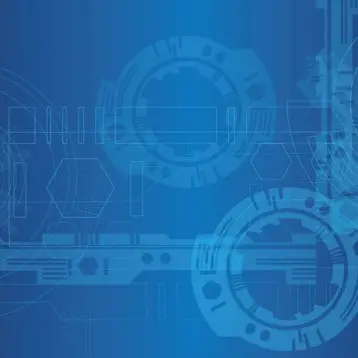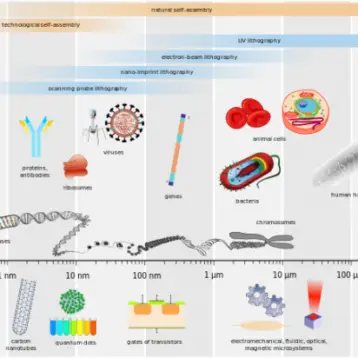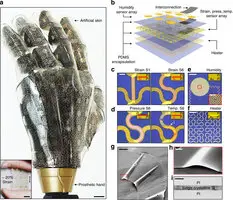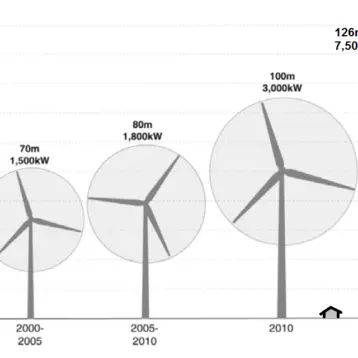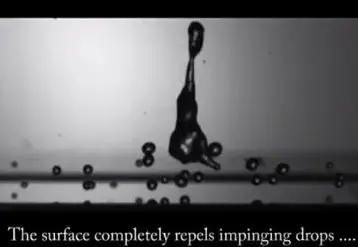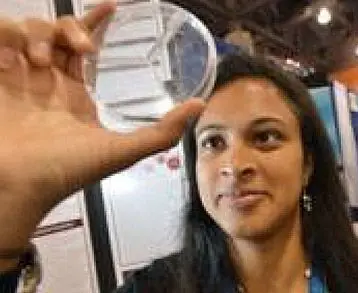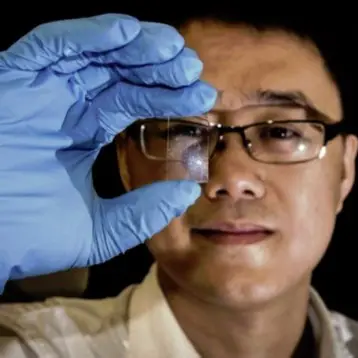Professors Vesselin Shanov and Mark Schulz from the University of Cincinnati togther with their team and with the backing of the National Science Foundation (NSF) and the Office of Naval Research develop the new technique over the past several years. To grow the aligned bundles of nanotubes, the researchers combined advantages of chemical vapor deposition (CVD), a technique for creating thin coatings that is especially common in the semiconductor industry, with a novel substrate and catalyst onto which the carbon attaches.
Using advanced equipment including a specialized furnace the researchers were able to break apart hydrocarbons to create a vapor of carbon-atom starting material. Within the vapor sat the new substrate – a catalyst made of alternating metal and ceramic layers atop an oxidized-silicon wafer base – which served as the foundation for growth.
According to the team the new carbon nanotubes are extremely long compared to predecessors – the longest is 3 millimeters beyond the prior world record. More importantly, the research team grew a 12-millimeters-thick, uniform carpet of aligned carbon nanotubes on a roughly 10-centimeter silicon substrate, opening the door for scaling-up the process and mass producing the material.
Recently TFOT reported another development related to fullerene (fullerene are a family of carbon allotropes which includes buckyballs and nanotubes). A study published by Rice University scientists predicted for the first time the existence of a new "buckyball-like" molecule consisting entirely of boron atoms. The boron buckyball has 80 atoms and is structurally similar to the original C60 fullerene, but its additional atoms in the center of each hexagon makes it significantly more stable. In September 2006 TFOT also interviewed Frank Allen from the Florida Advanced Center for Composite Technologies (FACCT) regarding another advance related to fullerene – Buckypaper. This new material might soon enable the manufacturing of stronger and lighter aircraft with larger payloads and greater fuel efficiency as well as stronger laptops and other devices.
Image: Carbon nanotubes grown in arrays that are centimeters long, the fibers catch the light as thin striations (Credit: Jay Yocis of UC Photographic Services).

